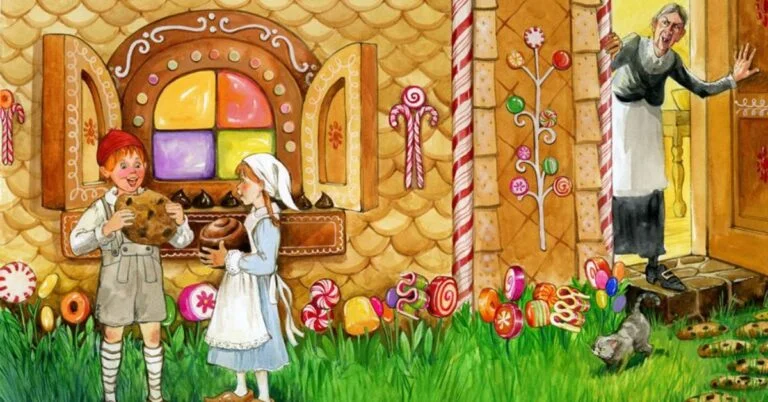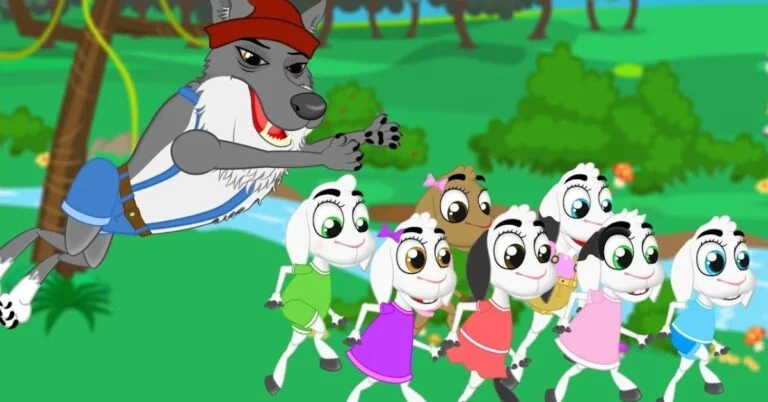The Boy Who Cried Wolf | Bedtime Stories
In a world where the line between truth and deception blurs like the fading light of dusk, few tales resonate as powerfully as The Boy Who Cried Wolf. This timeless fable weaves a narrative that transcends generations, reminding us of the profound consequences that can arise from falsehoods.
Join us as we explore The Boy Who Cried Wolf through a fresh lens transforming it from mere folklore into an enchanting storytime experience filled with intrigue and valuable life lessons. So snuggle up, turn down the lights, and prepare to embark on an adventure where every howl echoes with meaning, reminding us all why truth matters even more in the moonlight’s embrace.
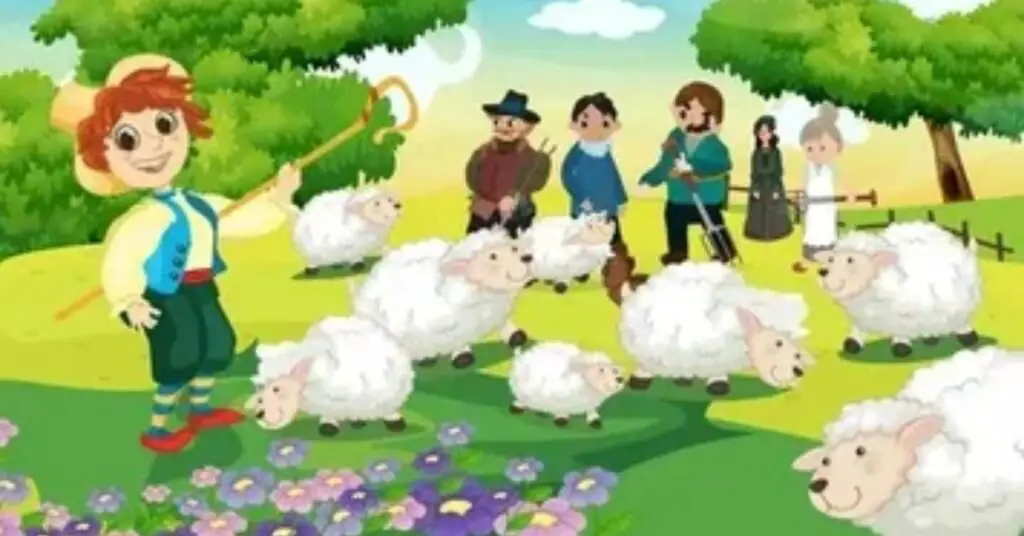
History of the Story
Numerous adaptations of The Boy Who Cried Wolf exist, with its earliest documentation tracing back to ancient Greece. This tale is part of Aesop’s Fables, a collection of narratives linked to a figure named Aesop, who is thought to have lived in Greece between 620 and 564 BCE.
The Boy Who Cried Wolf Story
In a quaint village, a youthful shepherd tended to a group of sheep. Each day, he took them to the nearby hills for their meals, despite the concerns of the villagers about a sly wolf lurking in the neighboring forest. The townsfolk were consistently willing to assist anyone in trouble, knowing well that the wolf had a reputation for preying on their animals.
One day, the boy, feeling playful and bored, yelled out, Wolf! Wolf! A wolf is after my sheep! The villagers hurried up the hill to aid him, only to discover there was no wolf present. Delighted by their bewilderment and frustration, he burst into laughter at their expense.
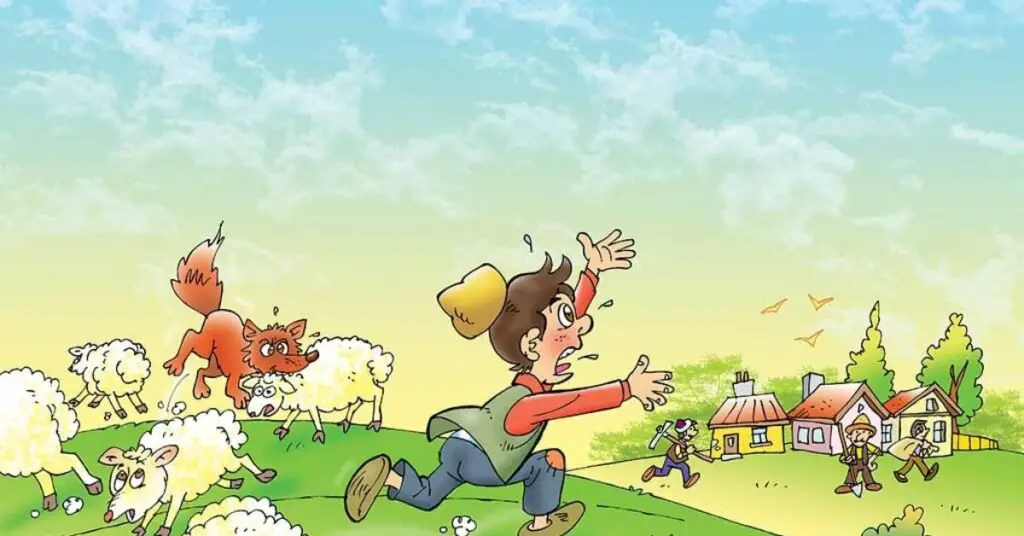
Even though they were annoyed, he called out once more with his same made-up alert. The villagers hurried to help him, only to realize it was yet another prank. They warned him not to spread false alarms before going back to their work.
Later that day, when real danger emerged and the boy shouted for help again, Wolf! Wolf! The wolf is attacking my sheep! the villagers ignored his pleas, thinking it was just another joke. Sadly, when they finally reached him at dusk, they found him in trouble; the wolf had already scattered his flock.
The villagers explained that after being deceived twice previously, they could no longer take him seriously. As the sun dipped below the horizon, a sense of worry crept over the villagers. The shepherd boy had still not returned with his flock of sheep, and whispers of concern filled the air. Driven by anxiety, a small group ascended the hill to search for him.
When they reached the top, their hearts sank at the sight of him in distress, tears streaming down his face. “Why are you crying?” one villager asked gently. Between sobs, he explained that a wolf had descended upon his flock, scattering them in all directions.
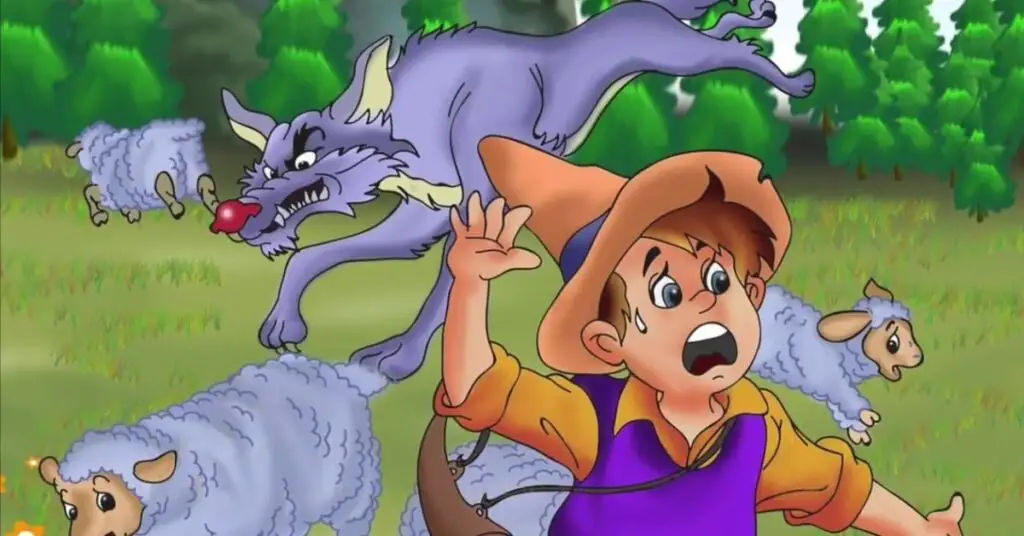
Desperate for help, he shouted loudly, “Wolf! Wolf! The wolf is raiding my sheep!” But instead of rushing to assist him, the villagers remained skeptical. They recalled how he had previously cried wolf on two occasions each time turning out to be nothing but a prank.
Frustrated and disheartened, they thought it was yet another false alarm. Little did they know that this time danger was real and their disbelief would lead to dire consequences for both the boy and his beloved sheep. In that moment, he learned a harsh lesson about trust and the repercussions of deceit.
Moral of the Story
The Boy Who Cried Wolf serves as a timeless reminder of the consequences of dishonesty and the importance of trust. Through the simple tale of a young shepherd and his mischievous cries, readers are encouraged to reflect on the value of integrity in their own lives. This story not only entertains but also imparts crucial lessons that resonate across generations.
As bedtime stories continue to capture the imaginations of children, let us choose narratives that foster honesty and responsibility. So tonight, as you tuck your little ones in, consider sharing this classic fable and sparking a conversation about truthfulness that may shape their character for years to come.
Read Also: The Ant And The Grasshopper | Bedtime Stories
Frequently Asked Question
What does boys who cry wolf mean?
The boy who cried wolf’ is used to describe someone who raises alarm over nothing, thereby damaging his or her reliability in the eyes of others.
What is the moral of the story the boy who cried wolf?
A liar is never believed even when he speaks the truth
What is an example of cried wolf?
The administration has cried wolf so many times, it’s difficult to know if there’s a problem or not.


